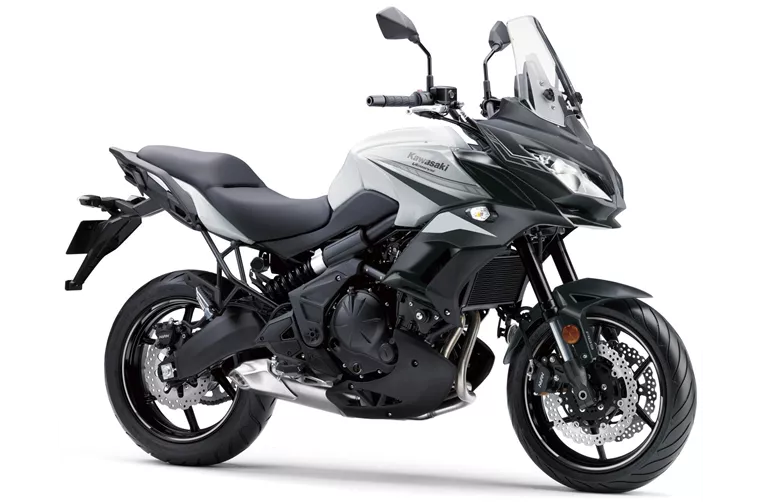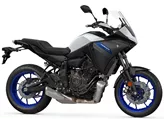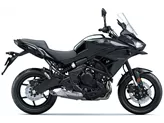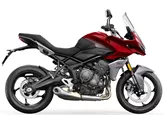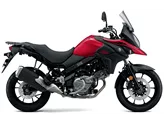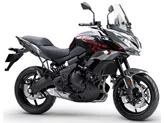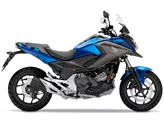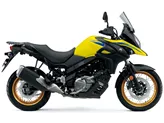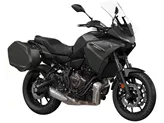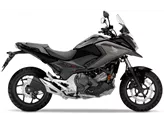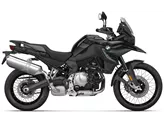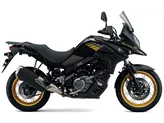Triumph Tiger 800 XC 2016 vs. Kawasaki Versys 650 2020

Triumph Tiger 800 XC 2016
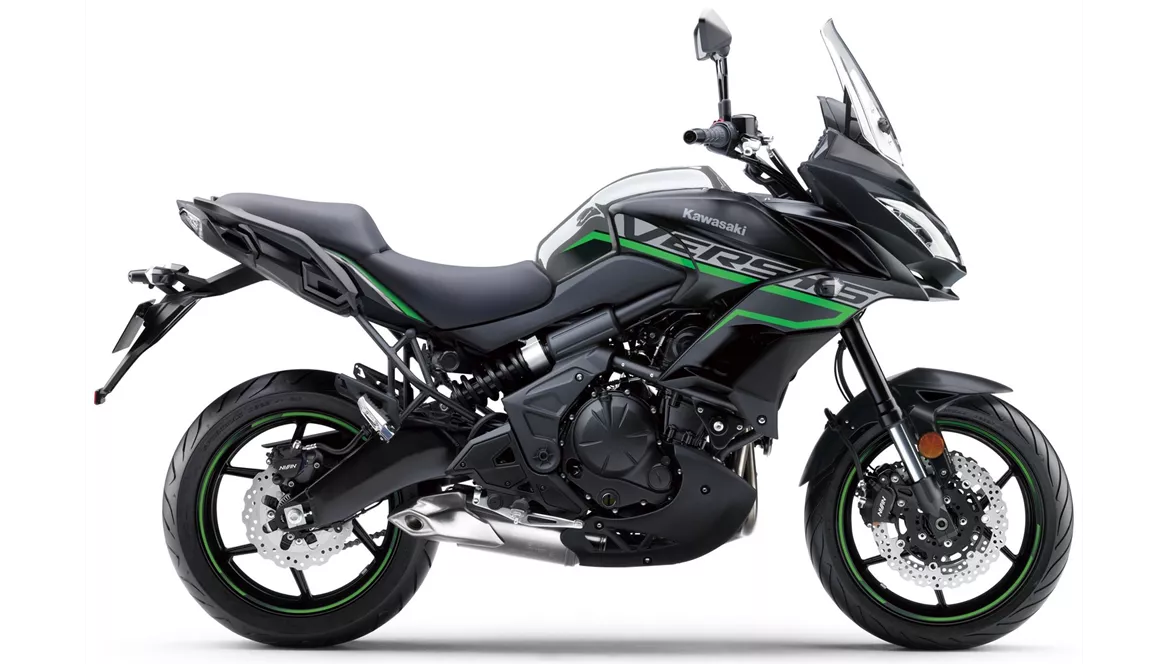
Kawasaki Versys 650 2020
Visão geral - Triumph Tiger 800 XC 2016 vs Kawasaki Versys 650 2020
The Triumph Tiger 800 XC 2016 and the Kawasaki Versys 650 2020 are both popular adventure motorcycles that offer a combination of on-road and off-road capabilities. While they have some similarities in terms of their engine type, suspension, and frame material, there are also notable differences in their specifications and features.
In terms of engine performance, the Triumph Tiger 800 XC 2016 comes with a three-cylinder engine that delivers 95 horsepower and 79 Nm of torque. This provides the bike with strong acceleration and power, making it suitable for both on-road and off-road riding. On the other hand, the Kawasaki Versys 650 2020 is equipped with a two-cylinder engine that produces 69 horsepower and 64 Nm of torque. While it has a slightly lower power output compared to the Tiger 800 XC, it still offers sufficient power for most riding situations.
Both motorcycles feature a chain transmission system, which is commonly used in off-road and adventure bikes for its durability and ease of maintenance. The Triumph Tiger 800 XC has a displacement of 799cc, while the Kawasaki Versys 650 has a displacement of 649cc. This means that the Tiger 800 XC has a slightly larger engine, which may result in better overall performance.

Triumph Tiger 800 XC 2016
In terms of suspension, both motorcycles are equipped with upside-down telescopic forks at the front. However, the Tiger 800 XC offers adjustable compression and rebound damping, allowing riders to fine-tune the suspension to their preferences. The Versys 650, on the other hand, only offers rebound damping adjustment. This means that the Tiger 800 XC provides more flexibility and customization options for riders who want to optimize their suspension settings.
In terms of chassis, both motorcycles feature a steel frame, which provides a good balance between strength and weight. This allows for a stable and comfortable riding experience on various terrains. The Tiger 800 XC has a wheel diameter of 21 inches at the front and 17 inches at the rear, while the Versys 650 has a wheel diameter of 17 inches for both front and rear wheels. This difference in wheel sizes may affect the handling and maneuverability of the bikes, with the Tiger 800 XC potentially offering better off-road performance.
In terms of dimensions and weights, the Tiger 800 XC has a longer wheelbase of 1545mm compared to the Versys 650's 1415mm. This may result in better stability and handling at higher speeds for the Tiger 800 XC. However, the Versys 650 has a slightly lower seat height of 840mm compared to the Tiger 800 XC's 845mm, which may be more suitable for riders with shorter inseams. Additionally, the Versys 650 has a larger fuel tank capacity of 21 liters compared to the Tiger 800 XC's 19 liters, offering a longer range between refueling stops.
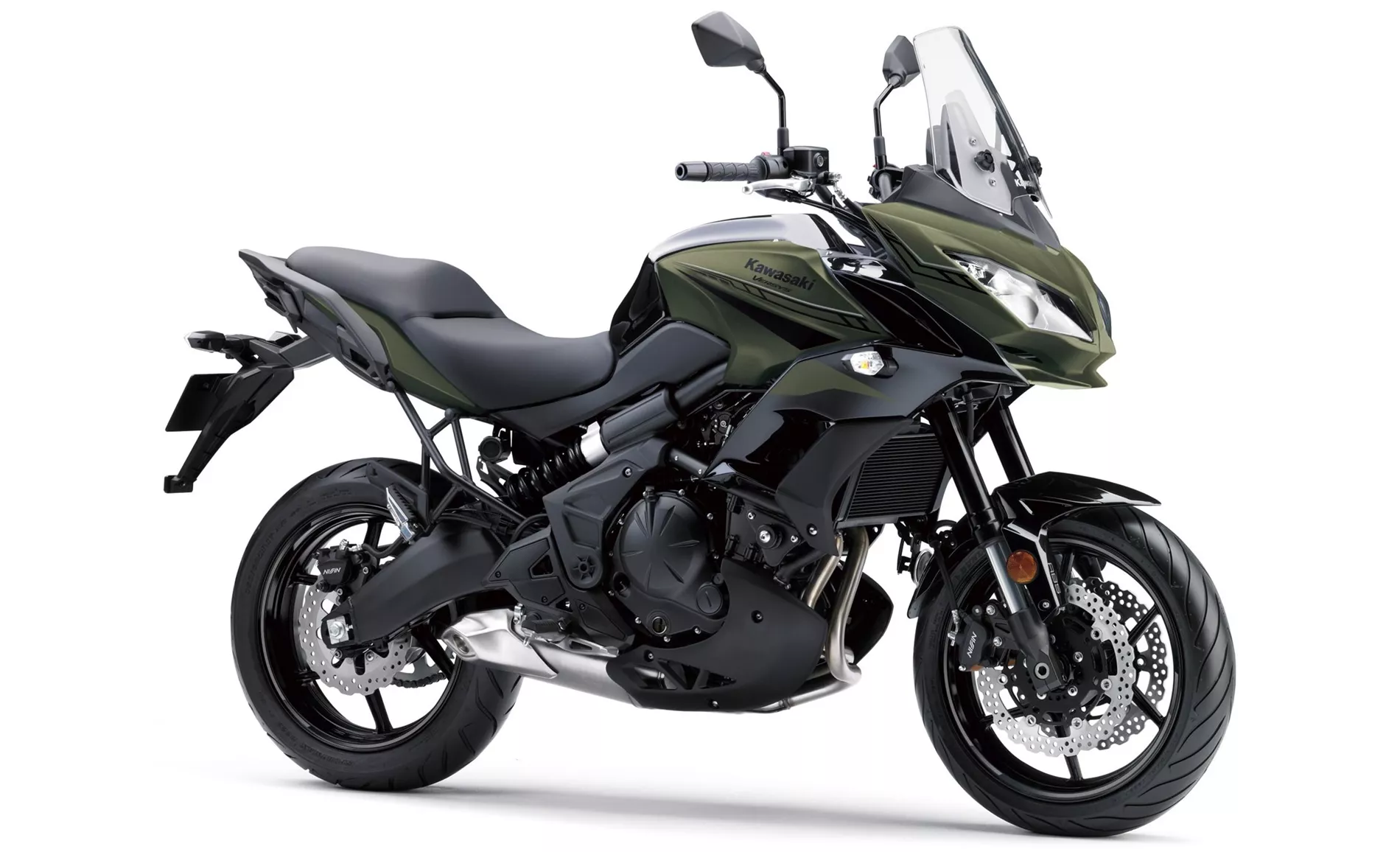
Kawasaki Versys 650 2020
In terms of strengths, the Triumph Tiger 800 XC 2016 is praised for its excellent three-cylinder engine, comfortable seating position, easy handling, and off-road capabilities thanks to its long suspension travel. It also offers selectable riding modes, adjustable ABS, and traction control, providing comprehensive features for riders. On the other hand, the Kawasaki Versys 650 2020 is commended for its great travel comfort, pleasant and comfortable chassis, ease of use, and a seat position designed for long-distance travel. It also offers agile and lightweight handling, making it suitable for various riding conditions.
However, both motorcycles have their weaknesses. The Triumph Tiger 800 XC 2016 is visually similar to its predecessor, lacking distinctive design changes. It also has suboptimal wind protection and footpegs that may scrape early with aggressive riding styles. The Kawasaki Versys 650 2020 experiences vibrations in the footpegs and has a slightly higher weight, which may affect its agility and maneuverability. Additionally, the ABS on the Versys 650 cannot be deactivated, which may limit the control for more experienced riders.
In conclusion, both the Triumph Tiger 800 XC 2016 and the Kawasaki Versys 650 2020 are capable adventure motorcycles that offer a balance between on-road and off-road performance. The Tiger 800 XC boasts a more powerful engine, adjustable suspension, and a larger fuel tank, making it suitable for riders who prioritize off-road capabilities. On the other hand, the Versys 650 offers superior travel comfort, a more lightweight chassis, and a slightly lower seat height, making it a good choice for riders who prioritize long-distance touring. Ultimately, the choice between these two motorcycles will depend on the rider's specific preferences and riding style.
Especificações técnicas Triumph Tiger 800 XC 2016 em comparação com Kawasaki Versys 650 2020
Prós e contras em comparação
Prós e contras em comparação
Triumph Tiger 800 XC 2016
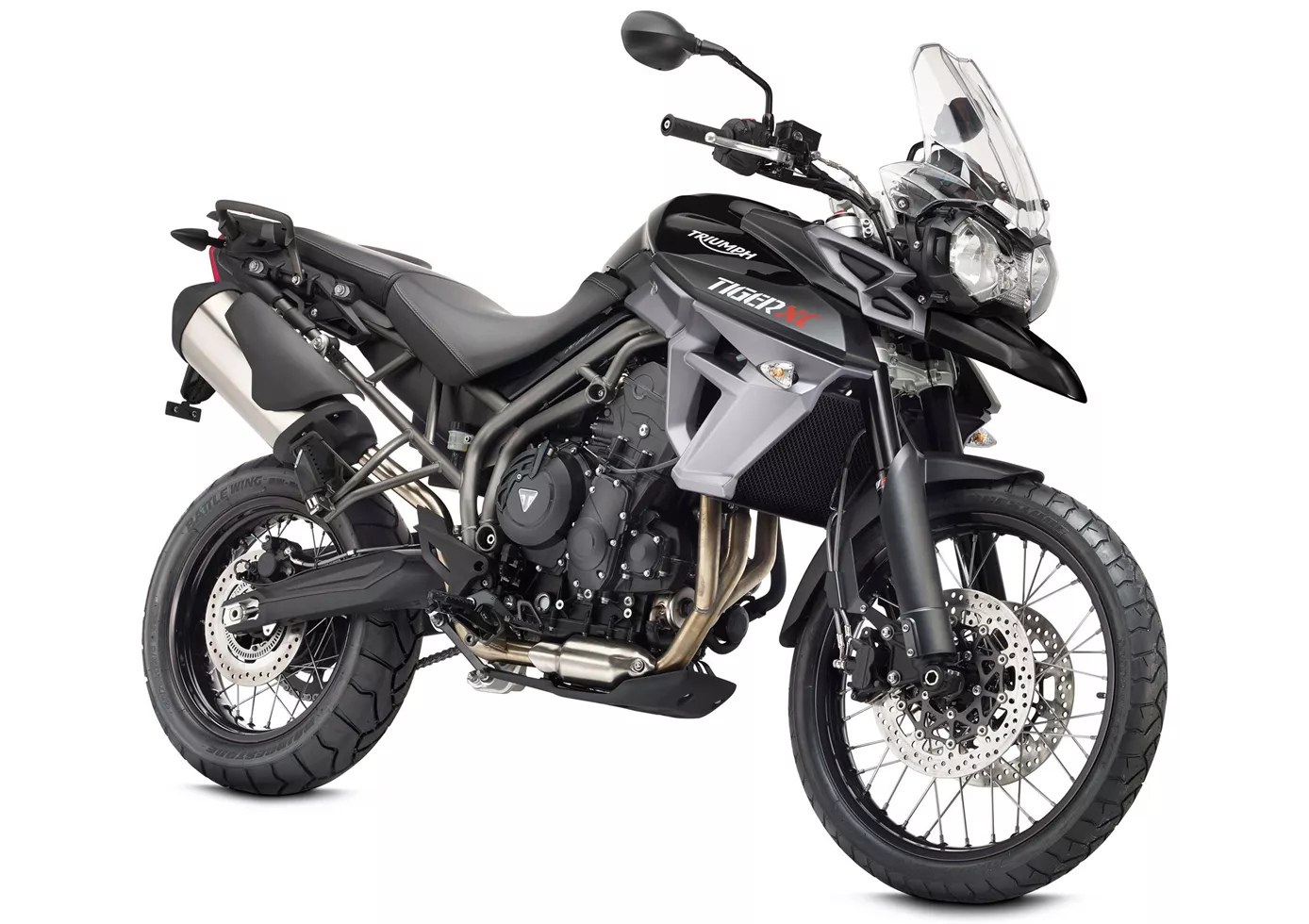
A nova edição da Tiger 800 XC pode ser considerada um sucesso. Mesmo a versão "convencional" pode fazer muito mais do que a sua antecessora, graças ao sistema ride-by-wire e ao controlo de tração e ABS de série (ambos podem ser desligados). No entanto, se quiser aventurar-se mais vezes em todo-o-terreno, que é definitivamente o que os designers tinham em mente graças às rodas grandes e às jantes com raios, deve escolher a Tiger 800 XCx, que custa pouco menos de 1000 euros mais. Graças aos modos de condução livremente seleccionáveis, a versão x pode ser ajustada de forma óptima ao respetivo terreno. Além disso, existe um protetor do motor, piscas com reinicialização automática, controlo de cruzeiro, suporte principal, proteção contra o encaixe, uma tomada adicional de 12V e protectores de mãos - o que provavelmente mais do que justifica o custo adicional.
Kawasaki Versys 650 2020
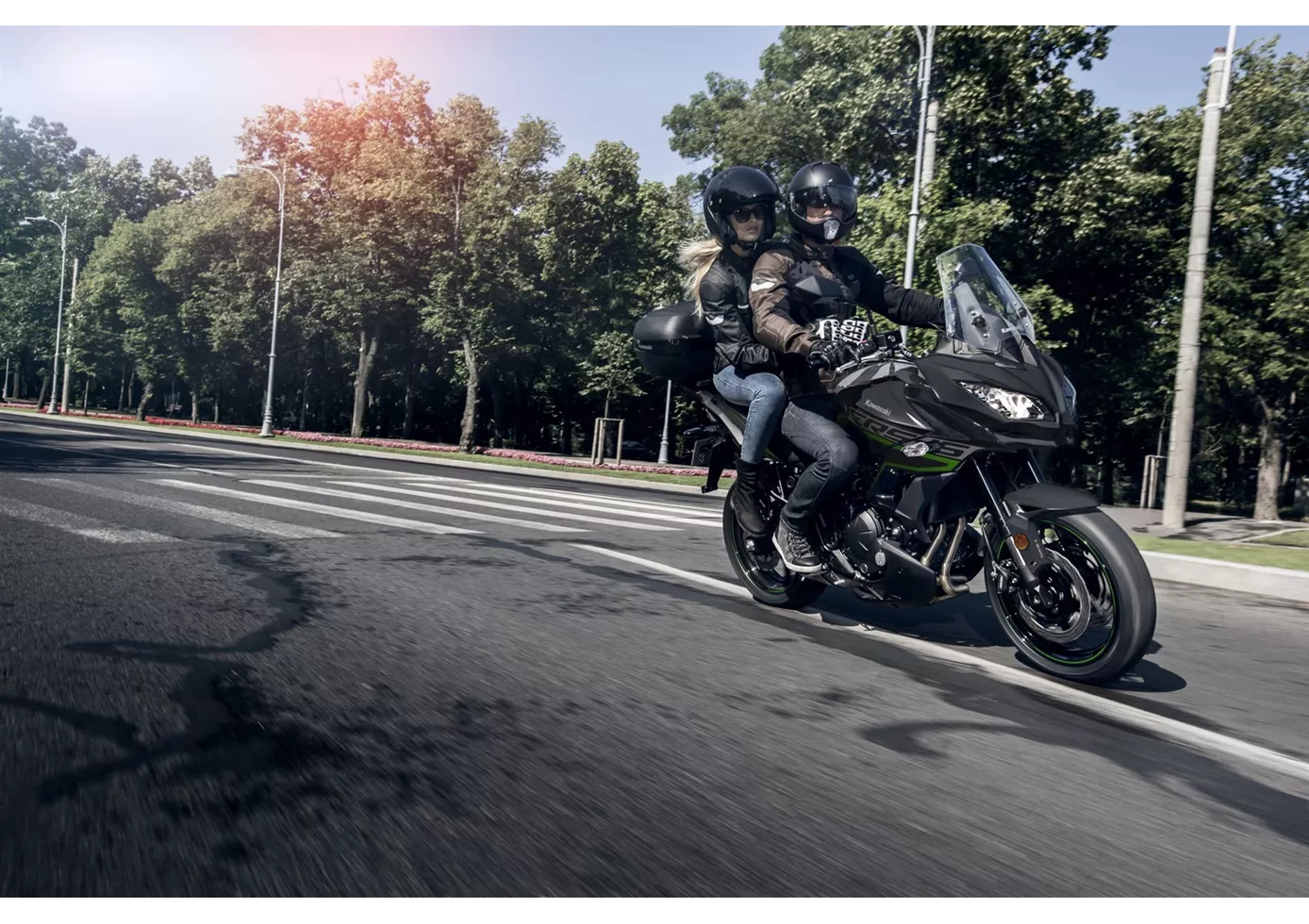
O modelo 2019 da Kawasaki Versys apresentou-se como uma máquina de turismo confortável, estável e animada. A mota é versátil e oferece um elevado valor de utilidade. É uma máquina de turismo de pleno direito que é um prazer conduzir em passeios prolongados. A moto oferece uma excelente relação preço/desempenho.
Comparação de preços Preço médio de mercado Triumph Tiger 800 XC vs Kawasaki Versys 650
There are a few key differences between a Triumph Tiger 800 XC 2016 and a Kawasaki Versys 650 2020. It takes less time to sell a Triumph Tiger 800 XC with 112 days compared to 137 days for a Kawasaki Versys 650. Since model year 2011 1000PS.de editors have written 16 reviews for the Triumph Tiger 800 XC and 39 reviews for the Kawasaki Versys 650 since model year 2007. The first review for the Triumph Tiger 800 XC was published on 01/11/2010 and now has more than 8 200 views. This compares to more than 3 900 views for the first review on Kawasaki Versys 650 published on 25/07/2006.

